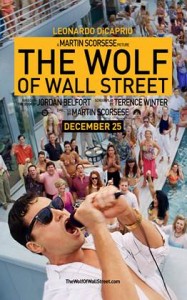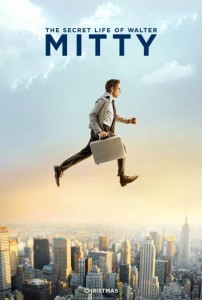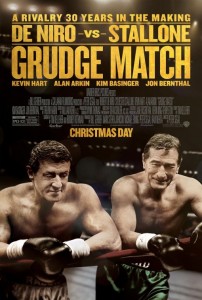From big to small: Teller, Courtney maneuver through Hollywood hits
by Michael Clawson of Terminal Volume
Actors pick winners and they pick losers. Sometimes the obvious winners are duds, and the obvious losers are on year-end best-of lists. It’s a strange way it all happens, especially when the film’s budget is factored in.
Take Miles Teller, who starred in last year’s indie-darling The Spectacular Now, a film that made many critics lists (including the top of mine) and is sitting at a cushy 92 percent on Rotten Tomatoes. Its estimated budget was under $3 million. Then consider Teller’s new movie, Divergent, with its novel pedigree, huge cast, special effects and a budget that was reportedly inching close to $100 million. Critics have been savaging it and on Rotten Tomatoes it’s sitting at a depressing, but not altogether miserable, 37 percent.
Teller, who was in town promoting Neil Burger’s adaptation of Veronica Roth’s young adult novel Divergent, put it bluntly: “You want some successful movies on your résumé. You do it for the art all the time, but it’s nice to have one that makes money. You don’t want to be a part of a bunch of flops.”
We spoke before the reviews came out, but Divergent is likely to get the last laugh — it’s expected to do solid business, enough to send the franchise onto its next book, Insurgent. The movie involves a dystopian world set in the ruins of Chicago, where the social classes are broken into five factions, one being Dauntless, a warrior class where Teller’s character resides. The star of the film is Shailene Woodley, who plays a divergent, someone whose mind belongs to any faction it chooses. Woodley and Teller last worked together on The Spectacular Now. They had a different experience together this time out — “Falling in love is hard, learning a fight scene is easy,” he adds.
“It was pretty funny. When we first got there we’d be doing this fight training, working on our fight stuff and she’d be like, ‘Aww, Sutter.’ [His character from Spectacular Now] And it’s like ‘Stop. We’re not doing that shit now. I’m beating you up, little girl,’” he said of teaming up with Woodley again. “I think any time you’re more familiar with an actor, it allows you to just be more honest with them. So Shailene and I would be doing a scene, and if a scene wasn’t working we could almost … not direct the other person, but it’s like we didn’t even need Neil to help us figure it out. We would just be like, ‘alright, this isn’t really working.’”
Teller plays a minor villain, someone who starts bad, but comes around to the turmoil he’s causing. “It was fun for me. I had just done That Awkward Moment, and before that … The Spectacular Now. I wasn’t necessarily looking to play a villain, and I use that word lightly because I think [my] character kind of comes full circle. He’s pretty conflicted. But for me, I was just wanting to do something different, to get off the light-hearted comedy stuff and beat somebody up.”
Jai Courtney, who was last seen in Jack Reacher and as John McClane’s son in A Good Day to Die Hard, was also in town with Teller and agreed that playing villains was oddly cathartic. Courtney’s villain, though, doesn’t have a change of heart and is mostly vile throughout Divergent.
“[Villainy] doesn’t require much of a transformation. You want to try and make your character as likeable as possible, even when you’re playing someone who’s not supposed to be,” Courtney said. “So that’s probably the challenge, remembering that you’re not supposed to be liked. I would try, just instinctively, to be a little more charming with the character and [Burger] was always telling me to just make it dead and flat.”
Both actors are moving onto massive new franchises for their next projects: Courtney is the new Kyle Reese character in a new Terminator reboot, and Teller is going to the new Mr. Fantastic in a Fantastic Four reboot. But for Teller, Divergent was one of the largest sets he’d been on.
“For a big-budget movie these were the shittiest sets I’ve ever been on. This is, by far, the biggest budget I’ve ever done and I was expecting the red carpet and it was pretty much all abandoned buildings in Chicago that would leak when it snowed,” he said. “There would be rats around and Shailene would be like ‘I want an inspection.’”
He continues: “Acting-wise, obviously it’s the same thing. You don’t adjust your acting. But there’s more angles. On Spectacular Now, you’re doing a lot of stuff in a one-shot or a two-shot, and we get about three takes. On this, you’re really breaking it up. You’ll get like 20 takes on one line from six different angles … The trailer was better, a lot better. More time for my hair and makeup. And the scope of this was a lot bigger: at any given time, there’s like 10 of us in a scene, I don’t think I got any one-on-one scenes. There’s always people there, so I guess that was different for me. I’d be on set 12 hours to just … be in soft focus in the background fighting.”
After Divergent’s release, both actors plan on diving into their next roles, and they both admit that taking on established characters, be it comic superhero or a Terminator mainstay, is a little daunting.
“If you want to be a big movie star or whatever you’ve gotta do some big films and take some risks. I’m excited to kind of latch onto this character for the next couple of years and put my stamp on something that somebody else has already done,” Teller said. “That’s what I’m excited about, to kind of reinvent it.”

 Directed Wes Anderson
Directed Wes Anderson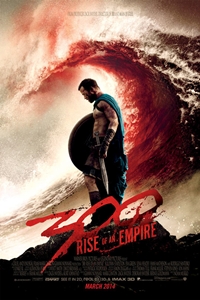
 Elaine Stritch: Shoot Me
Directed by Chiemi Karasawa
Elaine Stritch: Shoot Me
Directed by Chiemi Karasawa by Michael Clawson of
by Michael Clawson of  Woodley again after their 2013 film The Spectacular Now. In Divergent, Woodley plays a talented young warrior in a ruined world ruled by competing class-like factions. Teller plays a competitor in the physical and, at times, violent movie.
Woodley again after their 2013 film The Spectacular Now. In Divergent, Woodley plays a talented young warrior in a ruined world ruled by competing class-like factions. Teller plays a competitor in the physical and, at times, violent movie. Courtney said he hadn’t even heard of the book when he was offered his role, one that involved him being especially cruel to Woodley’s character. “Mostly I was a fan of Burger’s work, so I got online and read up about everything. After some digging I knew I wanted to do it. It was all very new to me … young adult novels.”
Courtney said he hadn’t even heard of the book when he was offered his role, one that involved him being especially cruel to Woodley’s character. “Mostly I was a fan of Burger’s work, so I got online and read up about everything. After some digging I knew I wanted to do it. It was all very new to me … young adult novels.”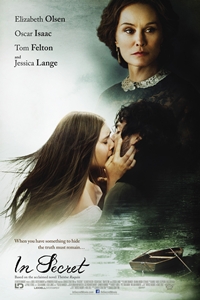 In Secret
In Secret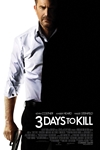 Starring Kevin Costner, Connie Nielsen, Hailee Steinfeld and Amber Heard
Starring Kevin Costner, Connie Nielsen, Hailee Steinfeld and Amber Heard Winter's Tale
Winter's Tale
 RoboCop
RoboCop
 The LEGO Movie
The LEGO Movie
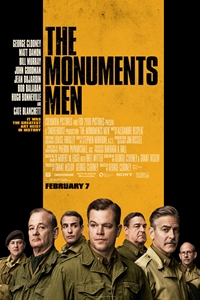 The Monuments Men
The Monuments Men
 Ride Along
Ride Along Jack Ryan: Shadow Recruit
Starring Chris Pine, Kevin Costner, Kenneth Branagh and Keira Knightley
Directed by Kenneth Branagh
Jack Ryan: Shadow Recruit
Starring Chris Pine, Kevin Costner, Kenneth Branagh and Keira Knightley
Directed by Kenneth Branagh Lone Survivor
Lone Survivor Her
Her August: Osage County
August: Osage County
